The key to healthy, thriving plants starts from the ground up—literally! Choosing the right soil mix is essential for strong root development, proper drainage, and optimal nutrient absorption. But not all plants have the same needs. A succulent will struggle in the same soil that helps a tomato plant flourish, and orchids need a completely different mix than ferns.
Understanding the best soil mix for every type of plant ensures that your garden, whether indoors or outdoors, gets the perfect balance of moisture, aeration, and nutrients. Whether you’re growing houseplants, vegetables, flowers, or trees, knowing how to customize your soil can make all the difference.
In this complete guide, we’ll break down the best soil mix for different types of plants, helping you create the perfect foundation for a lush and healthy garden.
Cactus and Succulents

Cacti and succulents thrive in well-draining soils that mimic their natural desert habitat. A gritty mix with sand, perlite, and a touch of organic matter works wonders. This soil should dry out quickly to prevent root rot, which is crucial for their survival. Opt for a pot with drainage holes to further ensure excess water escapes easily. Regular watering is essential, but always let the soil dry out between sessions. Tailoring the mix to their needs can help these resilient plants flourish indoors. Experiment with ratios to find what suits them best.
Orchids
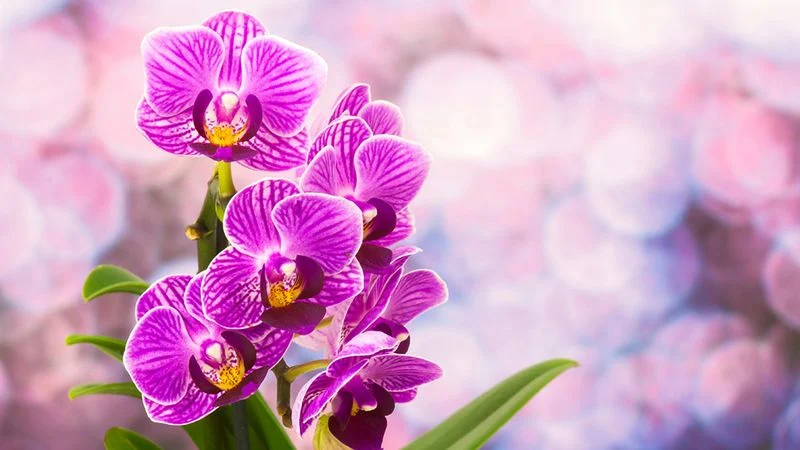
Orchids demand an airy, well-ventilated mix that allows their roots to breathe. Bark-based mixes are popular, often combined with charcoal and perlite for additional aeration. This setup mimics their natural environment, where they typically anchor to trees rather than grow in the ground. Ensuring proper airflow around the roots helps prevent fungal issues and encourages healthy blooms. Watering should be strategic; allowing the mix to dry out slightly between waterings can be beneficial. Invest in a specialized pot to enhance drainage and support growth.
African Violets
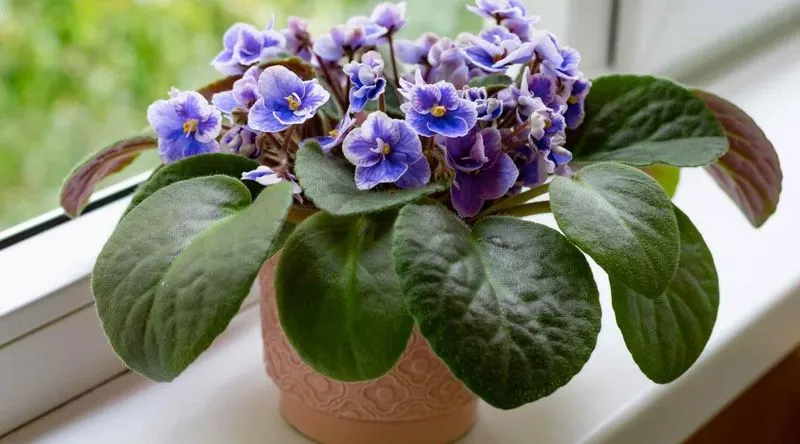
African Violets appreciate a rich, loose, and well-aerated soil. A mix of peat moss, vermiculite, and perlite offers the ideal structure. This combination allows for moisture retention while providing adequate drainage, crucial for these delicate flowers. Avoid compacted soils, as they can suffocate roots and impede growth. Place them in a pot that ensures consistent moisture without waterlogging. Regular feeding with a balanced fertilizer can promote vibrant blooms and robust growth. Observe the plant’s response to adjust the mix if necessary.
Herbs

Herbs flourish in well-draining soils rich in nutrients. A blend of potting soil, sand, and compost often serves them well, balancing drainage with fertility. This mixture supports their vigorous growth and enhances flavor. Ensure pots have drainage holes to prevent overwatering. Regularly pinch back growth to encourage bushiness and replenish nutrients through periodic fertilization. Cultivating herbs in such a mix makes them an easy addition to any kitchen garden, providing fresh flavors year-round. Adjust watering based on the room’s humidity and plant needs.
Vegetables
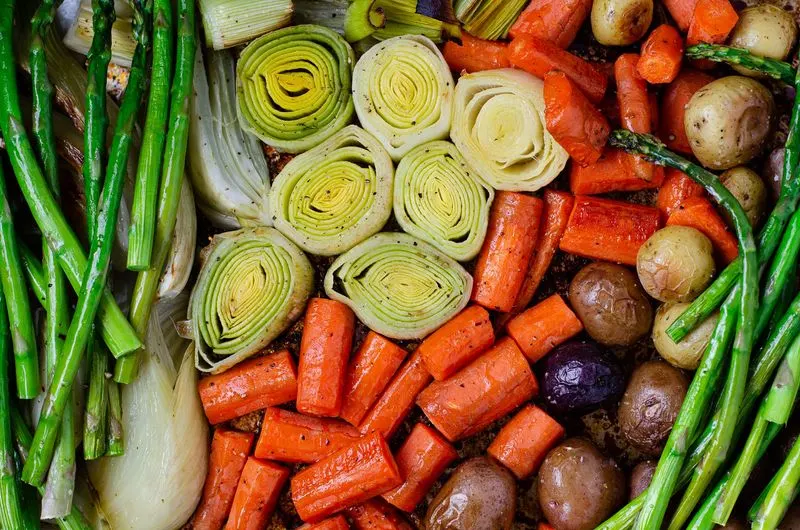
Growing vegetables in containers requires a rich, moisture-retentive mix. Compost, peat, and vermiculite create an ideal base, supporting robust growth and abundant yields. This mix holds moisture yet drains well, preventing waterlogging. Pots need sufficient drainage holes to avoid excess moisture. Regular feeding with an organic fertilizer boosts nutrient levels, aiding in healthy development. Choose containers large enough to support root expansion, vital for vegetable success. Monitoring the soil’s moisture and adjusting accordingly helps maintain optimal conditions for thriving plants.
Indoor Tropical Plants
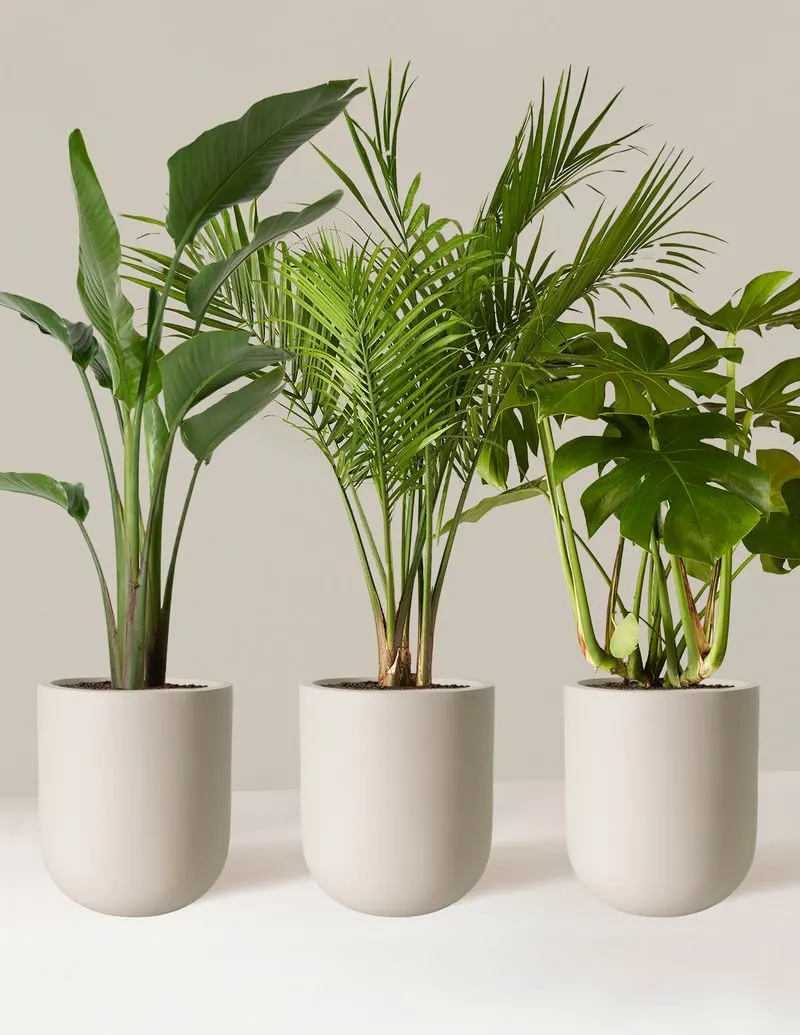
Indoor tropical plants often thrive in a mix that retains moisture yet drains efficiently. Peat moss, compost, and perlite blend well to create the perfect balance. This mix supports the humid environment these plants love. Pots with drainage holes are essential to prevent water from pooling at the bottom. Adjust watering frequency based on room humidity and plant species. Fertilize during the growing season to maintain vibrant foliage. Providing the right soil conditions is key to mimicking tropical climates, ensuring these plants remain healthy and vibrant indoors.
Roses

Roses prosper in rich, loamy soil that drains well yet retains some moisture. Combining garden soil with compost and well-rotted manure creates a fertile environment. This mix nourishes and supports strong root systems, leading to abundant blooms. Regular mulching helps maintain consistent moisture levels and protect roots from temperature extremes. Ensure the soil pH is slightly acidic to neutral for optimal growth. A balanced feeding regimen further promotes health and flower production. Well-drained beds are crucial to prevent root rot and other water-related issues.
Ferns

Ferns flourish in moist, well-draining soils that mimic the forest floor. A mix rich in organic matter, such as peat and leaf mold, is ideal. This blend holds moisture while allowing excess water to escape, preventing root rot. Shaded locations are perfect for these plants, aligning with their natural habitat. Ensure the soil remains damp, not soggy, adjusting watering to meet environmental conditions. Regular misting can enhance humidity, vital for fern health. A suitable potting mix maintains the delicate balance between moisture and drainage these plants require.
Citrus Trees

Citrus trees thrive in slightly acidic, well-draining soils. A mix of sand, perlite, and peat moss offers the perfect environment. This combination supports healthy root development while preventing waterlogging. Containers must have drainage holes to allow excess water to escape. Periodic feeding with a citrus-specific fertilizer enhances fruit production and foliage health. Adjust watering based on season and plant needs, ensuring that the soil dries out moderately between watering. Providing these conditions helps citrus trees flourish, even in container settings.
Carnivorous Plants
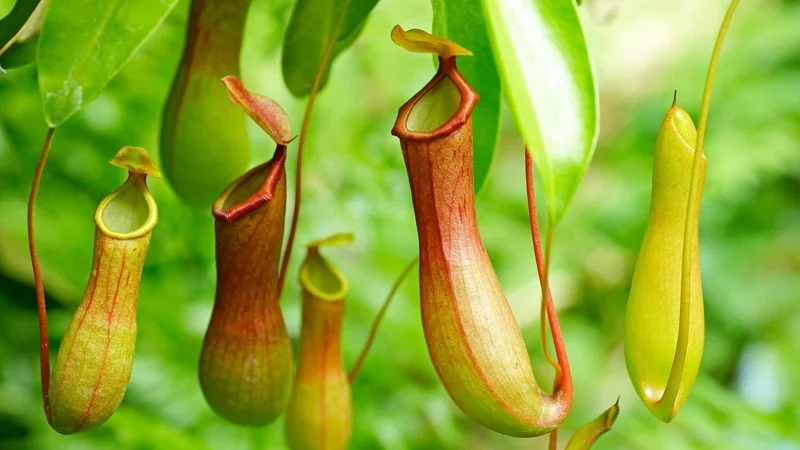
Carnivorous plants require nutrient-poor, acidic soils, mimicking their natural bog environments. A mix of sphagnum moss and sand provides the right conditions. This unique soil allows these fascinating plants to capture nutrients directly from prey. Avoid fertilizers, as they can harm these sensitive plants. Pots should ensure good drainage without drying out completely. Maintaining high humidity and soft water is essential for their survival. Regularly monitor the moisture level to keep the soil consistently damp. Adhering to these needs supports the health and growth of carnivorous species.

